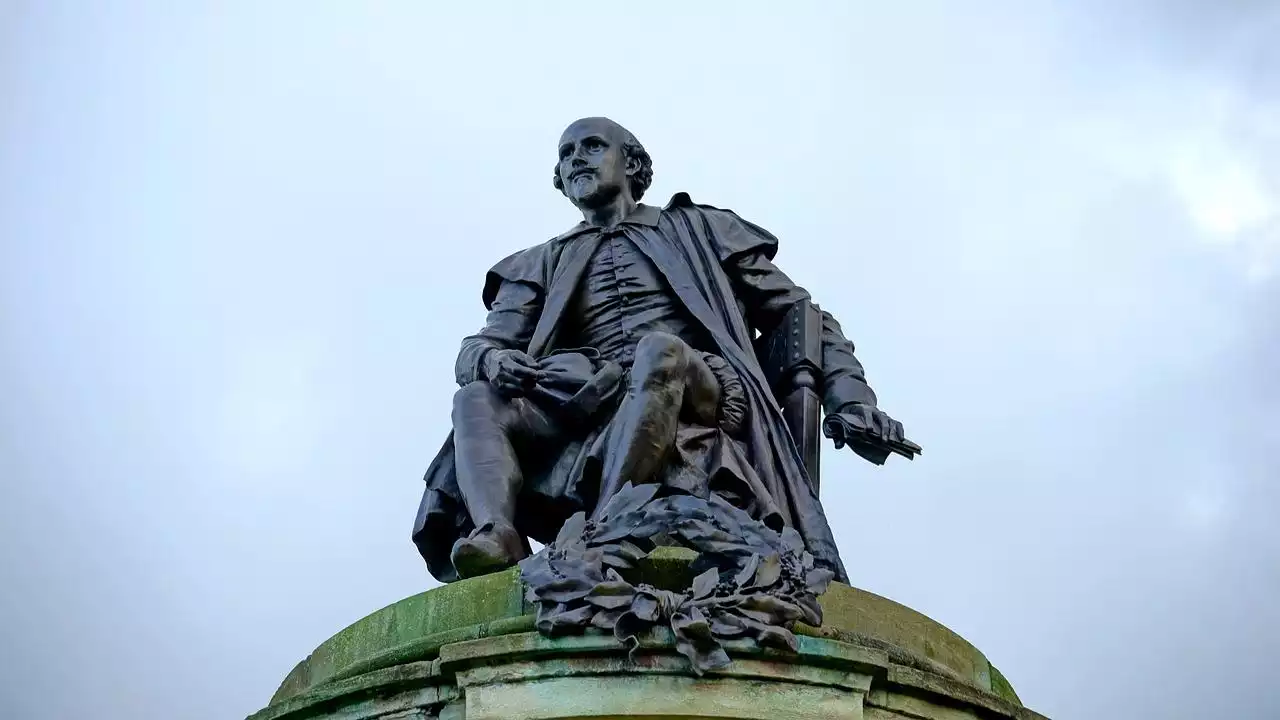The history of theatre has been filled with great plays and performances that have had a lasting impact on culture. These plays continue to be performed today because they are just as relevant now as they were hundreds of years ago. Whether it’s a comedy, thriller, romance, or historical play, these pieces still strike a chord with audiences. Many of the most popular theatres plays in history are still being produced today because their themes and messages remain relatable to modern audiences. But what makes them so popular? What is it about these plays that make them still relevant after all these years? Here is our list of the most popular theatre plays in history.
Oedipus Rex
First up is Oedipus Rex. This Greek tragedy was written by Sophocles in the fifth century BC. The plot of the play surrounds the life of the King of Thebes, Oedipus, who is the main character. Oedipus discovers that he killed his father and married his mother by accident, and spends the rest of the play trying to avoid his fate, even though he cannot escape it. The plot is a parable for the human predicament of being doomed by one’s nature. The play has been called the first psychological drama, meaning it deals with the motivations of the characters. It is also a social drama that deals with the effect these motivations have on the Theban society around the main characters.
Twelfth Night
Next up is Twelfth Night, a play written by William Shakespeare in 1601. The plot of the play centers around Viola and her twin brother, Sebastian, who are separated by a shipwreck. Viola disguises herself as a man and goes to work for Duke Orsino as a member of his entourage. The two fall in love, but Orsino’s heart is captured by the appearance of the beautiful, but cold, Olivia. To get revenge on the Duke, Viola decides to play the part of a love-struck woman and makes Olivia fall in love with her. When Sebastian, who has also survived the shipwreck, appears in disguise, Viola, now in love with the Duke, persuades him to marry Olivia.
Hamlet
Next is HAMlet. This is another play by William Shakespeare that was written in 1602. The play follows the story of Hamlet, who is the Prince of Denmark, and his efforts to avenge the death of his father by his uncle, who now rules Denmark. Hamlet’s uncle, King Claudius, married Hamlet’s mother and had Hamlet’s father murdered to acquire the throne. Hamlet’s uncle, King Claudius, married Hamlet’s mother and had Hamlet’s father murdered to acquire the throne. Hamlet’s mother then marries the uncle who killed her husband. Hamlet is deeply affected by this and vows to avenge his father’s death by killing Claudius. He spends most of the play contemplating and putting off this attempt, as he is deeply troubled by the fact that the killing would make him as bad as the uncle who murdered his father.
The Importance of Being Earnest
Next up is The Importance of Being Earnest, a play written by Oscar Wilde in 1895. The plot of the play revolves around the two main characters, Jack and Algernon, who are both in love with the same woman, Gwendolen. To get out of their romantic predicaments, the two men create fake identities for themselves. When the two discover that their girlfriends are also engaged to each other, they have to decide whether to reveal their true identities and end the relationships or continue lying.
The Women’s Theatre Company: Tending to the Roots of Theatre
Next is The Women’s Theatre Company: Tending to the Roots of Theatre written by Clare Higgins in 2018. The play focuses on the struggles of women in the performing arts and their desire for recognition. The play is set in the past and the present, as Higgins uses a variety of theatrical devices to show the parallels between these two periods in history. The play is loosely based on the life of Higgins’s grandmother, Mary Potter, an actress who was not allowed to appear on the stage in England because she was not 21 years old. Potter started her own theatre company to circumvent this rule and bring women to the stage.
The Miracle Plays
Next up is The Miracle Plays. These plays were performed in Europe from the 10th to the 16th centuries and were used to teach biblical stories. The plays were performed outdoors on a large stage, and the actors would use hand gestures and costumes to help tell the story. The Miracle Plays were a crucial part of medieval theatre, as they were the first plays to include all four classical elements of drama: plot, characters, theme, and language.
Romeo and Juliet
Lastly, we have Romeo and Juliet. This play was written by William Shakespeare in 1595 and is one of the most famous pieces of Western theatre. The plot of the play centers around two young lovers from feuding households who poison themselves to avoid a war between their families. The play has been performed countless times since it was written, as it has universal themes of love, family, and tragic death that have resonated with audiences since the play was written.


 Peruvian Electronic Music: Unleashing the New Renaissance
Peruvian Electronic Music: Unleashing the New Renaissance
 A Hatchback Car Might Be a Good Choice
A Hatchback Car Might Be a Good Choice
 Stop Hunger by Eating Smaller Meals Regularly
Stop Hunger by Eating Smaller Meals Regularly What’s the Difference between Opera and Theatre?
What’s the Difference between Opera and Theatre? The Most Popular Plays in Modern Theatre
The Most Popular Plays in Modern Theatre The Best Musicals in Theatre
The Best Musicals in Theatre Romeo and Juliet has Been a Theatre Blockbuster
Romeo and Juliet has Been a Theatre Blockbuster